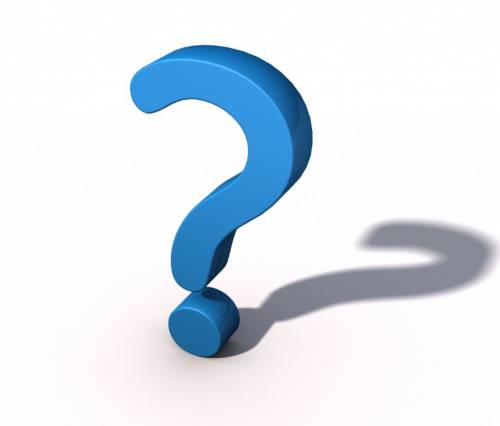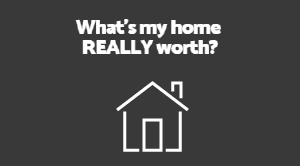-
Lot Size36,591 sqft
-
Home Size2,102 sqft
-
Beds3 Beds
-
Baths3 Baths
-
Year Built1987
-
Days on Market3
Closing Costs: What You Need to Know
- Real Estate Tips
- closing-costs-encinitas
- March 30, 2015

Many home shoppers seem mystified by the concept of closing costs. Young people searching for their first home are especially confused by this slightly complicated component of the real estate process. Fortunately, the website MyFico.com has a helpful tool for consumers who are buying a home. Here’s another good list of facts about closing costs that will make the idea a bit clearer, and help you estimate the amount of money you’ll need at closing.
- Closing costs are typically made up of about a dozen or so additional fees that you will need to bring to the purchase (in addition to your down payment).
- Fees cover such things as deed recording, loan processing, land surveying, appraisal, mortgage insurance, accrued property taxes, etc.
- The components of closing costs vary from state to state, so be sure to find out what will be included in your own transaction.
- A very (very) general, ballpark estimate to use is this: Average closing costs range between 1 percent and 8 percent of the purchase price of the home, with 3 percent being a common amount in many states.
- Before closing, your lender should be able to give you a “good faith estimate” (GFE) of what the final closing costs will be.
- Origination fees usually cost a buyer about one percent of the purchase price. This is a fee that the bank charges for making the loan.
- Another fee charged by the bank for giving you a lower interest rate is called “discount points,” and can range from nothing, up to 3 percent of the purchase price.
- When your down payment is less than 20 percent of the purchase price, most banks will make you buy private mortgage insurance (PMI). This fee can run to about 1.5 percent of the total price.
- Other fees, like appraisal and property taxes, will vary based upon the cost of the home, but are commonly part of the closing cost package.
Don’t let closing costs sneak up on you. Know well in advance what the estimated total will be, add that to what you expect to put down, and there will be no surprises when you sign for your house. As a rough guesstimate, when you begin to shop for homes, you can use the “4 percent rule-of-thumb” for what closing costs will be. So, for example, if a home’s purchase price is expected to be $300,000, and you intend to put 20 percent down, you will need to bring about 24 percent of the price (in this case $72,000) when you sign.
Estimates aside, be sure to get the GFE and settlement statement (actual, official closing costs) from your lender. This is the only way to know for sure how much money you’ll need on signing day. Good luck!



